(Mexican American, 1943) The Sleepy Lagoon Case and a related California legislative report on the Zoot Suit Riots Author: Welles, Orson, et al. Place Published: Los Angeles and Sacramento Date Published: 1943 Description: 3 items. Comprising: Welles, Orson, Foreword. The Sleepy Lagoon Case. Los Angeles: Sleepy Lagoon Defense Committee/Citizens Committee for the Defense of Mexican-American Youth, Sept. 1943. 32 pp. 5x6", original wrappers. Second Printing. (Moderate staining to wrappers; paper browned, as issued) Report of the Joint Fact-Finding Committee on Un-American Activities in California. Sacramento: California Legislature, 1943. Part II, pp. 200-217 (of 443 total pp. The same volume reports on Communist, Nazi and Fascist activities (including America First and the Ku Klux Klan) and alleged Japanese-American subversion. (Some cover wear; glue residue of bookplate removed from front pastedown) Gilbert, Ray and Bob O’Brien. A Zoot Suit (For My Sunday Gal). Sheet music with color pictorial cover. New York: 1941. The Zoot Suit, an outfit consisting of a flamboyant long jacket with baggy pants cuffed at the ankles, originated in the Black community (as exploited by the racist 1941 sheet music), but it soon became a popular style among young Mexican Americans in Los Angeles. It took on a negative connotation after the series of events at the start of World War II that began in August 1942 with the death of a Mexican American youth, run over by a car after a brawl that followed a drinking party at the Sleepy Lagoon ranch near Los Angeles. Five months later, 12 Mexican American boys, most born in the United States, were found guilty of having conspired to murder the victim. Their lawyers contended that there was no solid evidence to prove the guilt of the boys, some of whom were sentenced to life-imprisonment. Newspapers stirred up white paranoia in the city by reporting the incident as evidence of a juvenile crime wave by zoot suit gangs of killers. A Defense Committee – which the state Un-American Activities Committee called a typical Communist front - published the pamphlet offered here, with a short preface by legendary film-maker Orson Welles claiming the boys, suffering from poverty and prejudice, had been railroaded. Consequently, zoot suit teenagers throughout Los Angeles were persecuted by police, beaten and arrested. Six months after the trial, a week of race riots erupted between white soldiers and sailors and Mexican American (and Black) teens wearing zoot suits, denounced as unpatriotic because they were made from large amounts of fabric during a time of wartime rationing. Condition: Fair to good. Item#: 347131 Headline: World War II Zoot Suit racial conflicts in Los Angeles
(Mexican American, 1943) The Sleepy Lagoon Case and a related California legislative report on the Zoot Suit Riots Author: Welles, Orson, et al. Place Published: Los Angeles and Sacramento Date Published: 1943 Description: 3 items. Comprising: Welles, Orson, Foreword. The Sleepy Lagoon Case. Los Angeles: Sleepy Lagoon Defense Committee/Citizens Committee for the Defense of Mexican-American Youth, Sept. 1943. 32 pp. 5x6", original wrappers. Second Printing. (Moderate staining to wrappers; paper browned, as issued) Report of the Joint Fact-Finding Committee on Un-American Activities in California. Sacramento: California Legislature, 1943. Part II, pp. 200-217 (of 443 total pp. The same volume reports on Communist, Nazi and Fascist activities (including America First and the Ku Klux Klan) and alleged Japanese-American subversion. (Some cover wear; glue residue of bookplate removed from front pastedown) Gilbert, Ray and Bob O’Brien. A Zoot Suit (For My Sunday Gal). Sheet music with color pictorial cover. New York: 1941. The Zoot Suit, an outfit consisting of a flamboyant long jacket with baggy pants cuffed at the ankles, originated in the Black community (as exploited by the racist 1941 sheet music), but it soon became a popular style among young Mexican Americans in Los Angeles. It took on a negative connotation after the series of events at the start of World War II that began in August 1942 with the death of a Mexican American youth, run over by a car after a brawl that followed a drinking party at the Sleepy Lagoon ranch near Los Angeles. Five months later, 12 Mexican American boys, most born in the United States, were found guilty of having conspired to murder the victim. Their lawyers contended that there was no solid evidence to prove the guilt of the boys, some of whom were sentenced to life-imprisonment. Newspapers stirred up white paranoia in the city by reporting the incident as evidence of a juvenile crime wave by zoot suit gangs of killers. A Defense Committee – which the state Un-American Activities Committee called a typical Communist front - published the pamphlet offered here, with a short preface by legendary film-maker Orson Welles claiming the boys, suffering from poverty and prejudice, had been railroaded. Consequently, zoot suit teenagers throughout Los Angeles were persecuted by police, beaten and arrested. Six months after the trial, a week of race riots erupted between white soldiers and sailors and Mexican American (and Black) teens wearing zoot suits, denounced as unpatriotic because they were made from large amounts of fabric during a time of wartime rationing. Condition: Fair to good. Item#: 347131 Headline: World War II Zoot Suit racial conflicts in Los Angeles





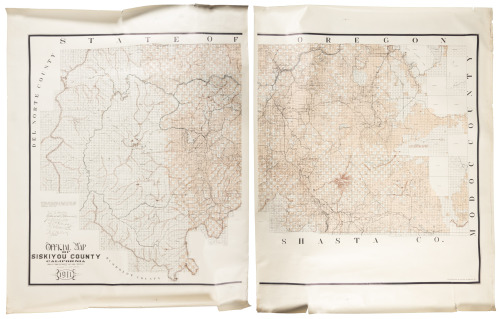
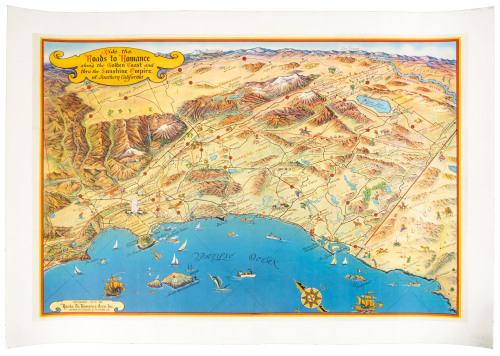
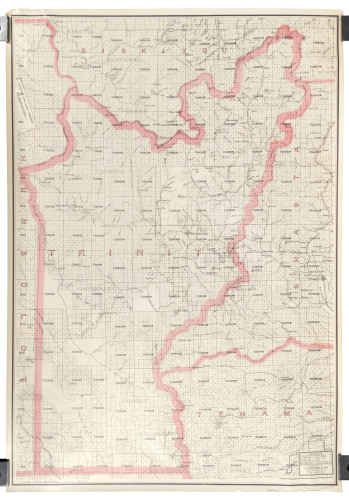
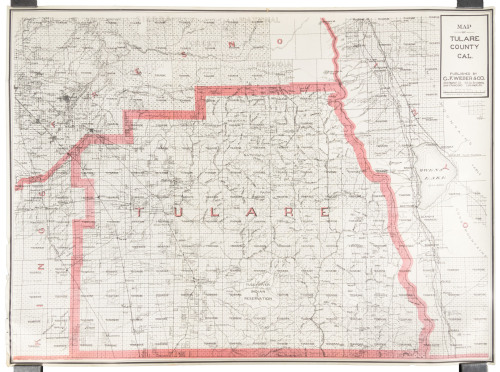
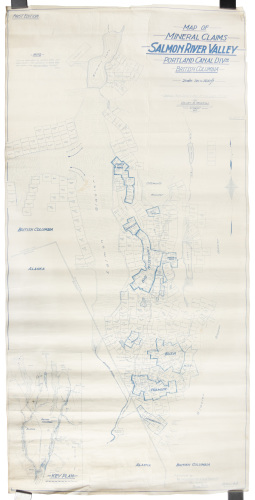
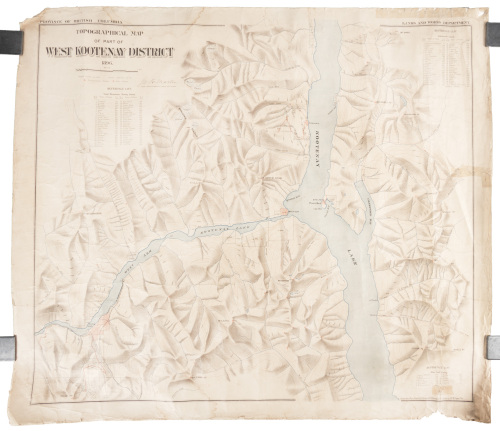
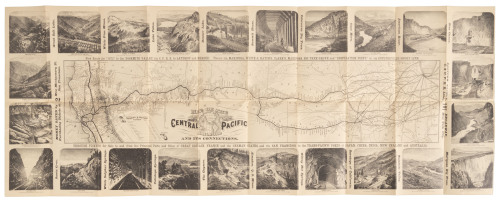
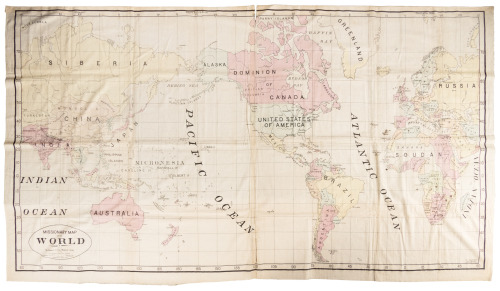
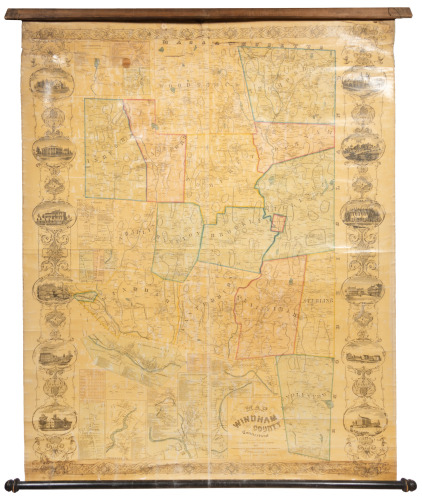
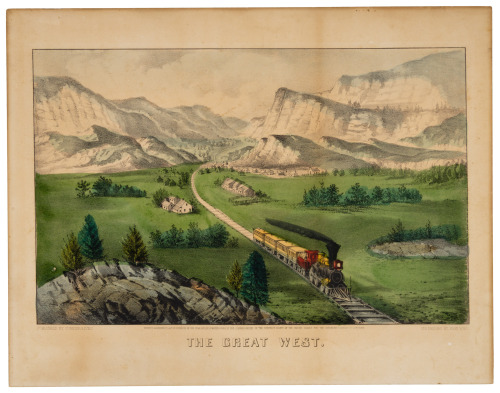
Testen Sie LotSearch und seine Premium-Features 7 Tage - ohne Kosten!
Lassen Sie sich automatisch über neue Objekte in kommenden Auktionen benachrichtigen.
Suchauftrag anlegen